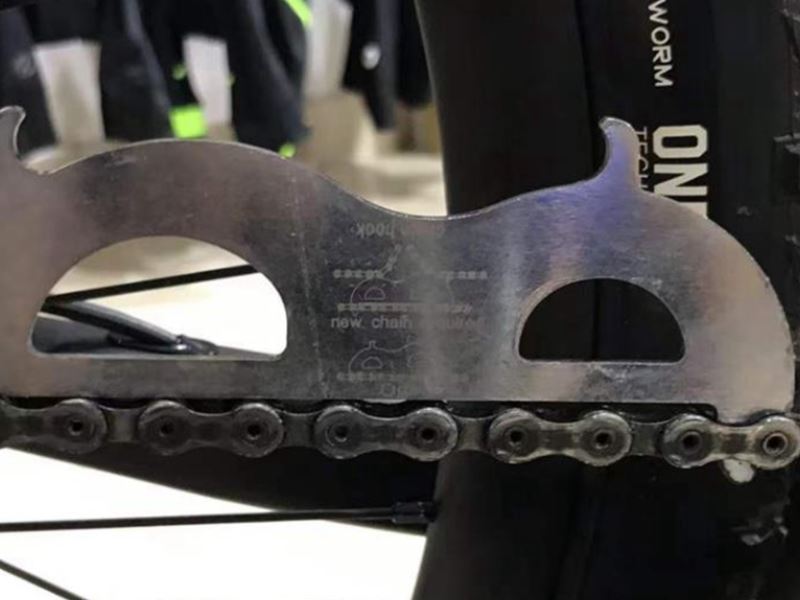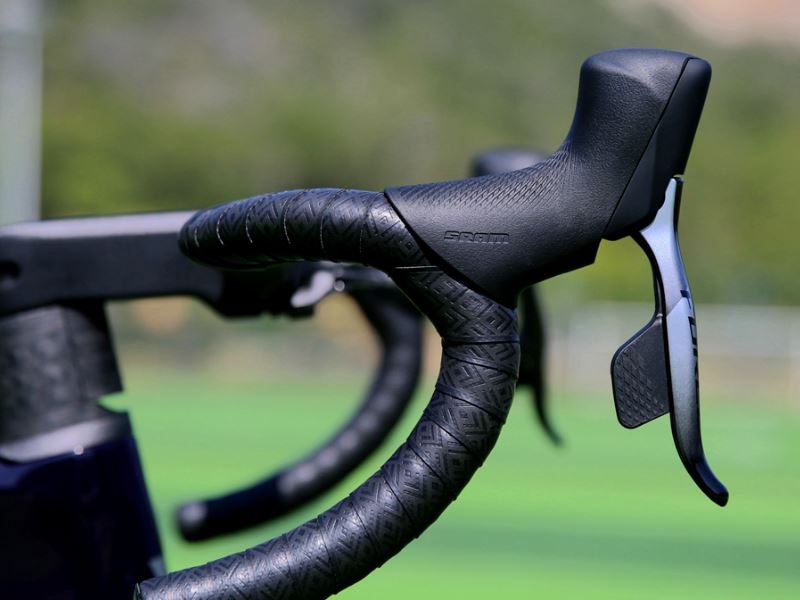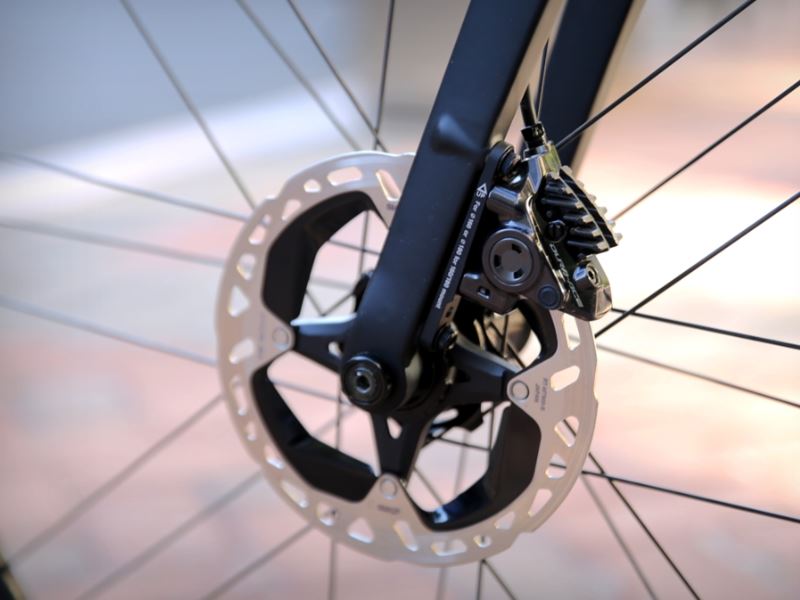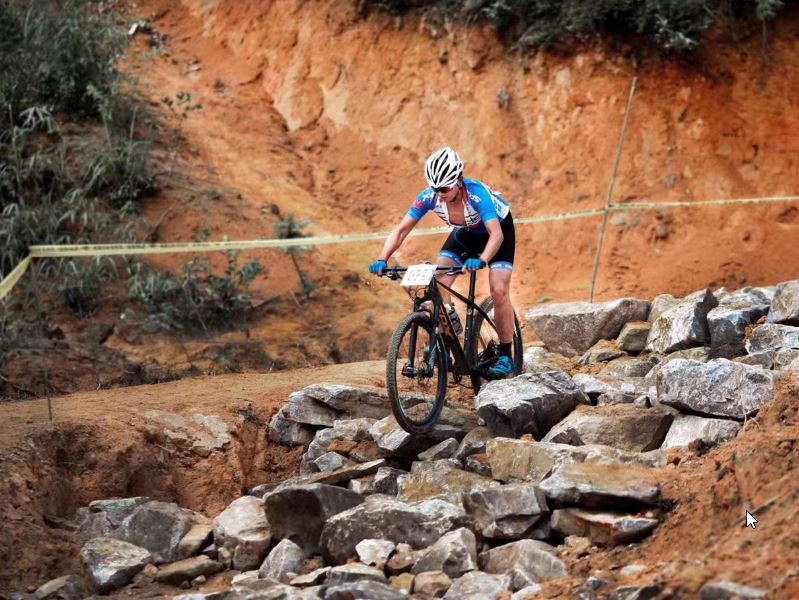by Tiffanybikes
Share
by Tiffanybikes
Share
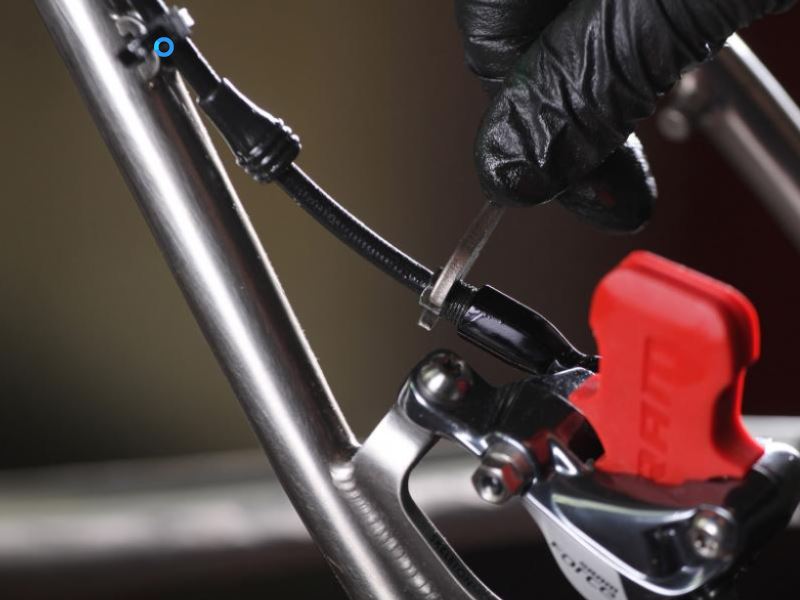
Today, more and more road bikes on the market are equipped with hydraulic disc brake systems. Hydraulic disc brakes can provide better braking performance and braking feel, and can greatly improve the safety of road riding, especially on long-distance downhill sections. Then when assembling hydraulic brakes, the length and wiring of the oil pipes are extremely important. There are still many mountain and road bikes with their own hydraulic disc brake system on the market, and the brake hose is too long, which makes the whole bike line messy. Therefore, today I will bring you how to trim the brake hose for your reference.
Tools and materials needed to cut the tubing:
- Tubing cutter or sharp blade
- Olive sleeve and oil needle
- 8mm open end wrench
- 3mm inner hexagon
- T8 Torx wrench
- Piston positioner
- When removing the pad, you need to first remove the latch used to fix the pad, and remove the snap ring on the latch when removing the latch.
- Then use a 3mm hex socket to unscrew the pin from the clamp.
- After removing the latch, take out the pad and spring, and place the pad in a safe place that will not stick to the oil.
- Insert the piston retainer into the caliper with the pads removed to fully reset the piston.
- After the above actions are completed, slide the rubber sleeve covering the end of the oil pipe upwards to expose the oil pipe joint screws.
- Use an 8mm open-end wrench to turn the hose connector screw counterclockwise to loosen it completely.
- Then slide the screw up likewise, the screw can be reused.
- Calculate and reserve the length of the oil pipe to be reserved, and then use the oil pipe cutter to cut off the oil pipe. At this time, it is necessary to pay attention to cutting it flat, otherwise oil leakage may occur in the later use.
- After cutting the oil pipe, a new oil needle needs to be installed. The manufacturer recommends that a small amount of grease can be applied when installing the oil needle.
- Then screw the new oil needle into the oil pipe with a T8 Torx wrench.
- Check whether the oil needle is screwed in place and whether there is a gap where it is connected to the oil pipe.
- Then put a new olive sleeve on the end of the oil pipe, and wipe off the excess brake fluid on the oil pipe.
- Then reinsert the oil pipe into the caliper oil pipe installation position, and then use an 8mm open-end wrench to tighten the oil pipe joint screw to prevent oil leakage.
- Finally, replace the rubber boots on the screws and put the tabs back into the clamps. After installation, test the brakes repeatedly and check whether there is oil leakage. This method is also applicable to the hydraulic disc brake system of mountain bikes.
The “out-of-stock tide” brought about by the epidemic has made it difficult to find a bike in the cycling circle. Even if some brands can order a bike, the delivery time varies from a few months to more than half a year. There are many bike fans who can’t wait to turn their attention to […]
Whether you’re a big cyclist or a novice cyclist, who hasn’t made some mistakes on the bike? For example, when the new bike is installed, the vehicle accessories are installed incorrectly, the equipment model is not matched when the accessories are upgraded, the fault judgment is wrong, and there is wasted effort in disassembly and […]
With the full popularity of the disc brake system for road bikes, the road bike market has completely resolved the debate between disc brakes and rim brakes. It can be said that disc brakes have completely taken over the rim brakes. But in road disc brakes, there is another debate, so is it better to […]
Today, most mountain bikes on the market are equipped with front fork shock absorbers, and even many gravel bikes are equipped with micro-travel shock absorbers in order to cope with more complex road conditions. There is enough suspension travel on a bicycle to measure the bumps that the bicycle can absorb, so what kind of […]
